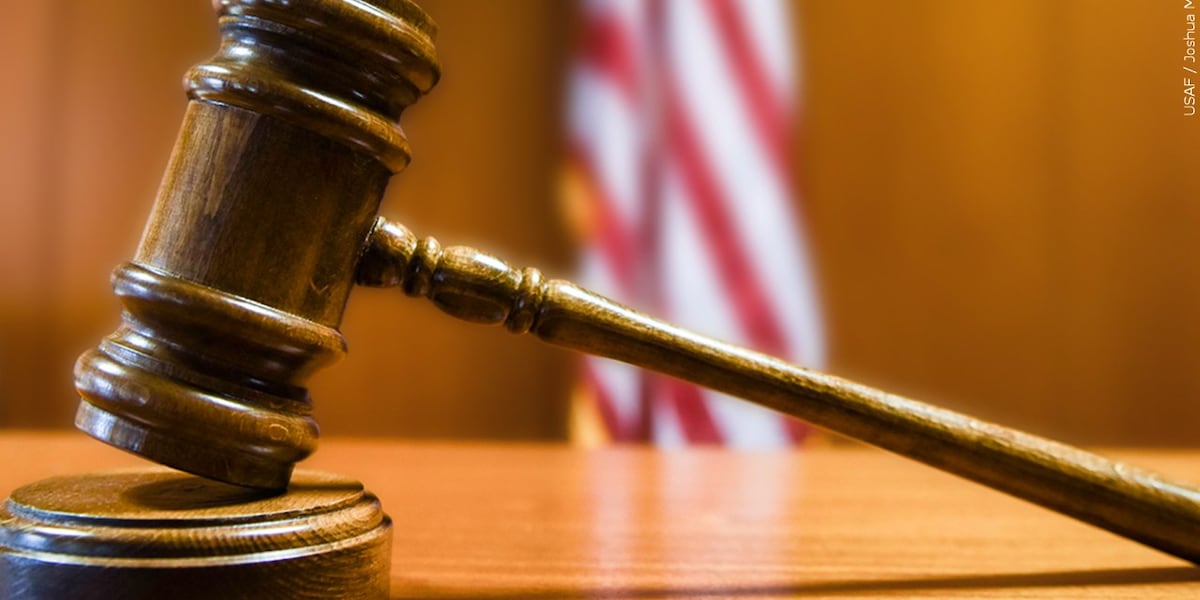
LAS VEGAS, Nev. (FOX5) – Lake Mead was a big part of the conversations at this year’s Colorado River Water Users Association conference.
The event brings together water policy makers, users, providers, researchers, and innovators, with conservation of the water’s precious resources being the primary focus.
As the western drought approaches its 25th year, the Colorado River’s waters have reached historic lows. The reduction in water is of huge concern to the seven states included in the Colorado River Basin. People and places from Wyoming down to northern Mexico rely on the water, but there are worries, one day there might not be enough to go around.
“The challenge is that we have is, really the only thing we have control over is how much we take out of the Colorado River, we unfortunately have not figured out a way to make nature put water, you know, significant amounts of water into the Colorado River,” says Sarah Porter, Director of the Kyl Center for Water Policy at Arizona State University.
So water users and managers come to events like the CRWUA conference to learn more about how to conserve and to devise strategies for becoming more water wise in the future.
“The water in the Colorado is shared by seven states, and Mexico, 29 Native American tribes, and so, when we’re trying to come up with new ways of managing the challenges we see along the Colorado River, we really need to achieve a consensus, that’s actually required,” says Porter.
Required because, if water users don’t cut back enough, the federal government will come in and make the cuts mandatory. That would likely lead to lengthy lawsuits from those holding the primary water rights. Porter says cooperation is preferable to litigation.
“We would not have problem solving on the Colorado, instead we’d have a massive lawsuit.”
But cuts do have to be made. Even the wettest of winters can’t restore what’s been lost to a drought that appears to have no foreseeable end.
“We probably need to get that down below 12 million acre feet, a lot of people say below 10 to 12 million acre feet. So these are very substantial, long-term reductions in water use that we need to achieve.”
Right now users drawing 15 million acre feet of water out of the Colorado River each year.
“This is really about how to take less water, and that’s super challenging,” says Porter.
“One of the big reasons why that’s challenging is the biggest water-using sector in the Colorado Basin is agriculture. And agriculture uses 70 to 80 percent of the Colorado River resources.”
But those farmers in southern Arizona and California hold the bulk of the water rights. They also produce the bulk of the wintertime produce Americans consumer. A reduction in water means a reduction in crops, which means less fresh food for the entire country.
Nevada has the rights to less than two-percent of the Colorado’s waters. That means the state has to be particularly strategic.
“So we have cities that don’t have senior rights but would experience huge impacts if they had very significant cuts in their water supplies.”
Fortunately, we have an simple way to monitor how well the river’s doing right in our backyards.
“Lake Mead is really important because is stores the water California, Southern Nevada, Arizona, and Northern Mexico use,” says Porter.
“One of the things Lake Mead does is tell us how well we’re doing at managing and sharing the system. Because when we are over, when we’re using too much, when the water’s over-allocated, or we’re not accounting for declining flows, the reservoir level of Lake Mead declines. And that’s what we’ve been experiencing for more than 20 years – fairly consistent declines in Lake Levels.” So that tells us we have to come up with a different way of sharing water from the Colorado.”
And successful sharing requires intensive collaboration, like the sort seen at the start of the conference, when a coalition of California counties and water users came together to announce a conservation effort that’ll keep more than a million more acre feet of water in Lake Mead.”
“Every water user has needs. I mean, people are using water from the Colorado River because it’s the water they need,” says Porter.
“And so, finding solutions that acknowledge the needs and acknowledge the capacities of different cities, different agricultural users, different tribes to participate in solutions is going to be the way we move forward together that works for the greatest number.”
Copyright 2023 KVVU. All rights reserved.




